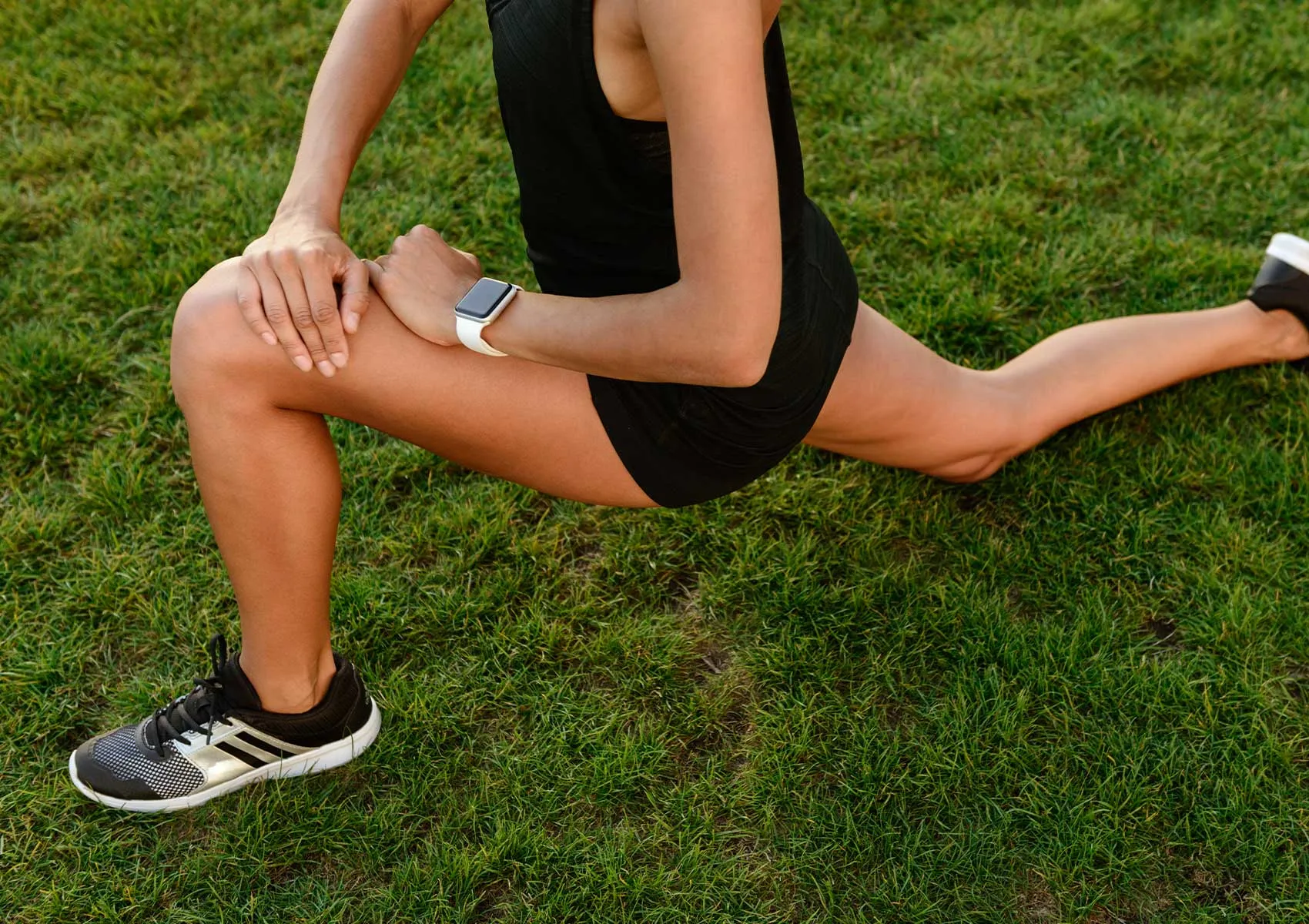Post-Cruciate Ligament Surgery Athletic Life
This article thoroughly explores safe and healthy ways to return to sports life after cruciate ligament surgery, covering the healing process, rehabilitation, and athlete psychology.
Cruciate ligament injuries, especially anterior cruciate ligament (ACL) tears, represent serious injuries commonly seen among athletes. The restoration of this ligament through surgery and the subsequent return to an active sports life directly influence patient success and quality of life. Among Professor Dr. Gökhan Polat’s specialization fields are cruciate ligament surgery and sports injuries. Proper management of the postoperative period is critically important for a safe return to sports.
The process of returning to sports after cruciate ligament surgery involves several key stages that include recovery, rehabilitation, and psychological preparation—each requiring a personalized approach.
Recovery Process
The initial goal after surgery is controlling knee pain, reducing swelling, and wound healing. Typically, exercises to increase knee range of motion begin within the first weeks post-operation. Physical therapy plays a vital role in preventing knee stiffness and preserving muscle strength.
Early-stage rehabilitation focuses on gentle mobilization and muscle strengthening exercises. Activities recommended by the physician should be followed meticulously, and excessive strain on the knee must be avoided. The first months generally involve low-impact activities such as walking and light cycling.
Mid-Stage Rehabilitation and Functional Improvement
Starting from the second month, the rehabilitation program intensifies with more active movements and strengthening exercises. This phase aims to increase the functional capacity of the knee muscles and includes balance and coordination training.
These exercises help in stabilizing the knee and preparing it for sports activities. Depending on the structure and repair technique used for the ACL, controlled running and light jumping may be introduced. As physical fitness improves, the likelihood of returning to sport increases.
Return to Sports and Performance
Deciding when to return to sports after cruciate ligament surgery depends on several factors including knee functionality, muscle strength, joint mobility, pain level, and the patient’s psychological condition. Surgeons and physiotherapists typically recommend a timeline of 6 to 9 months. However, this period may vary depending on the type of sport and severity of the injury.
Return-to-sport tests include single-leg balance tests, functional jump tests, and strength assessments. These evaluations help determine how strong and controlled the athlete is, and assess potential injury risks.
Athlete psychology is another critical aspect of a successful return. Post-surgery, athletes may experience fear of re-injury, so psychological support and coaching to overcome these fears are often advised.
The timeline for returning to sports varies by discipline. Sports that impose high loads on the knee such as football, basketball, and volleyball require longer and more carefully planned rehabilitation. Conversely, sports with lower knee impact like swimming and cycling allow for earlier return.
Preventive Approaches
Ongoing physiotherapy programs focused on maintaining and improving muscle strength, as well as balance and coordination exercises, play a vital role in preventing re-injury after return to sports. Using appropriate support gear such as knee braces and following proper warm-up and cool-down protocols also help avoid recurrent injuries.
Returning to sports after cruciate ligament surgery is achievable through disciplined rehabilitation, appropriate medical supervision, and psychological support. Based on Professor Dr. Gökhan Polat’s extensive experience, a multidisciplinary approach is recommended to ensure healthy and safe reintegration into sports activities.
FAQ
-
When can one return to sports after cruciate ligament surgery?
Generally, a full return to sports activities is recommended between 6 to 9 months after surgery. However, this period varies depending on individual recovery, type of sport, and the functional state of the knee. Doctor and physiotherapist evaluations guide this timeline.
-
What types of exercises should be performed after surgery?
In the initial phase, light exercises to maintain knee range of motion and preserve muscle strength are advised. As recovery progresses, functional exercises aimed at improving balance, coordination, and strength are incorporated.
-
What are the most common challenges athletes face after cruciate ligament surgery?
Common issues include recurring knee pain, movement limitations, muscle weakness, and psychological fear of re-injury. These challenges can be overcome with proper rehabilitation and psychological support.
-
Is there a risk of re-injury after returning to sports?
While proper rehabilitation and controlled return reduce the risk, the chance of re-injury due to intense physical activity never fully disappears. Caution is essential.
-
Are prosthetics or other supports used after surgery?
Knee braces are commonly used post-surgery for support. Prosthetic surgery is typically reserved for older patients or cases involving severe cartilage or tissue damage. Each patient’s situation is individually assessed to decide the appropriate treatment.

